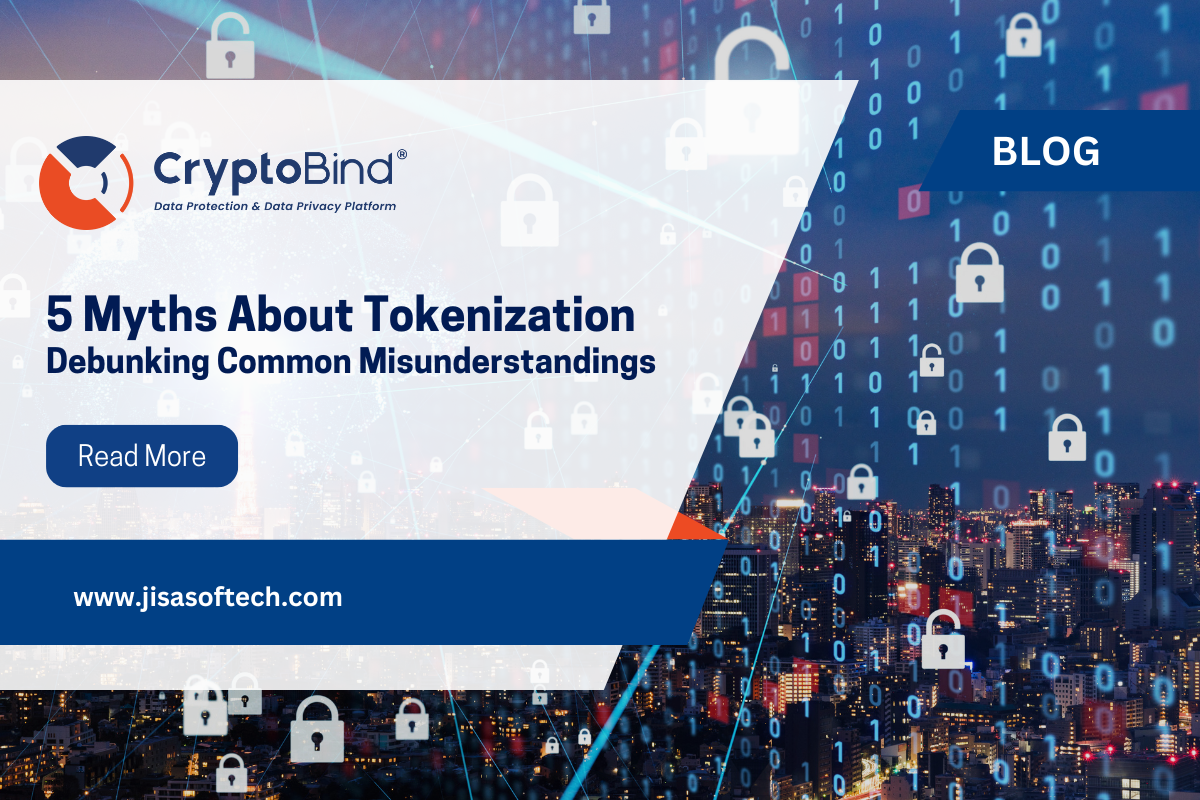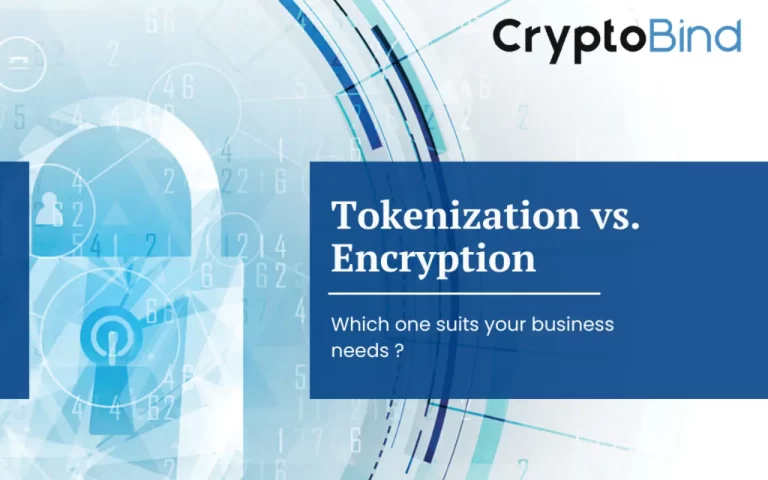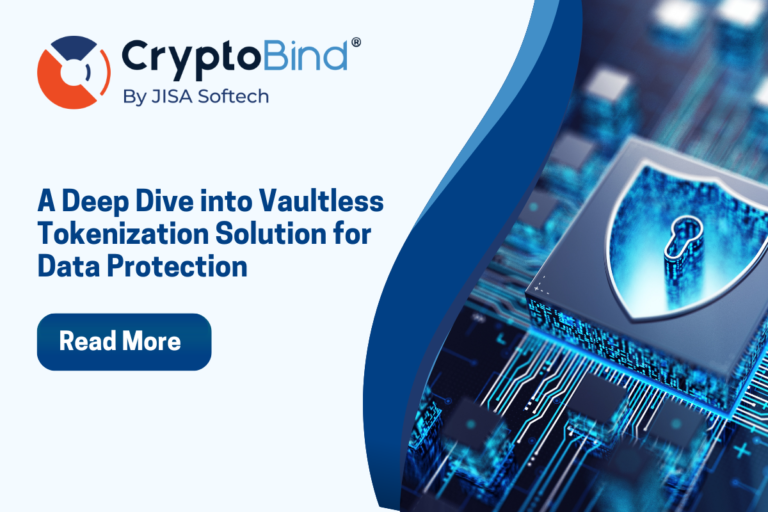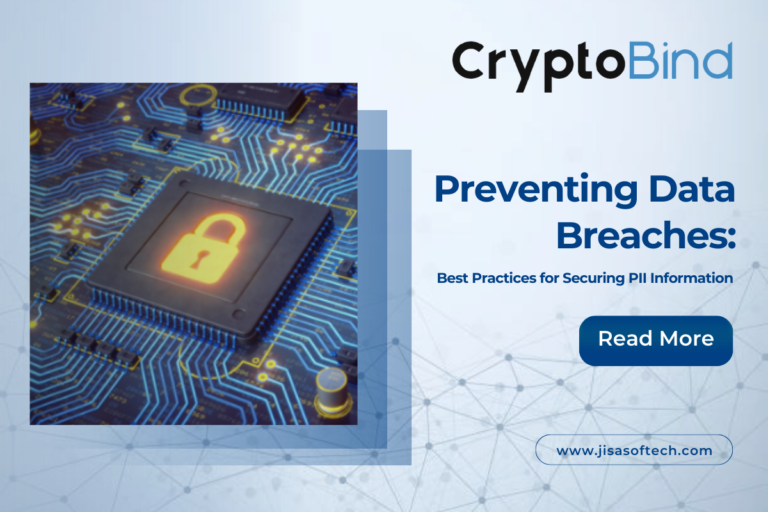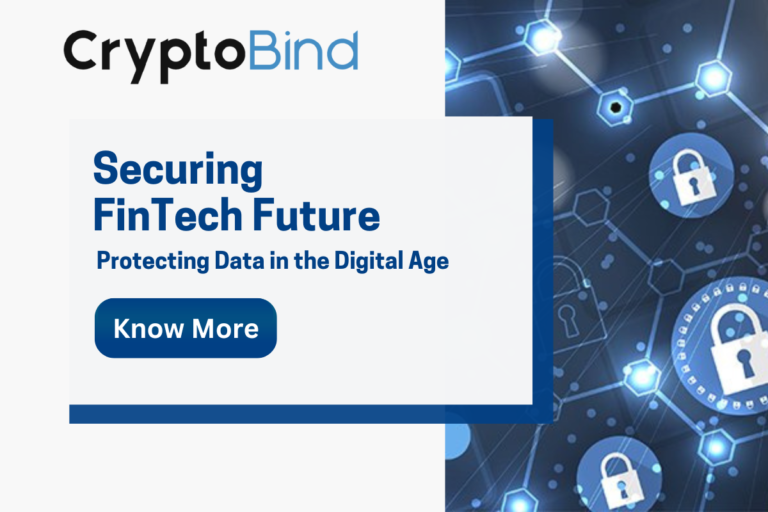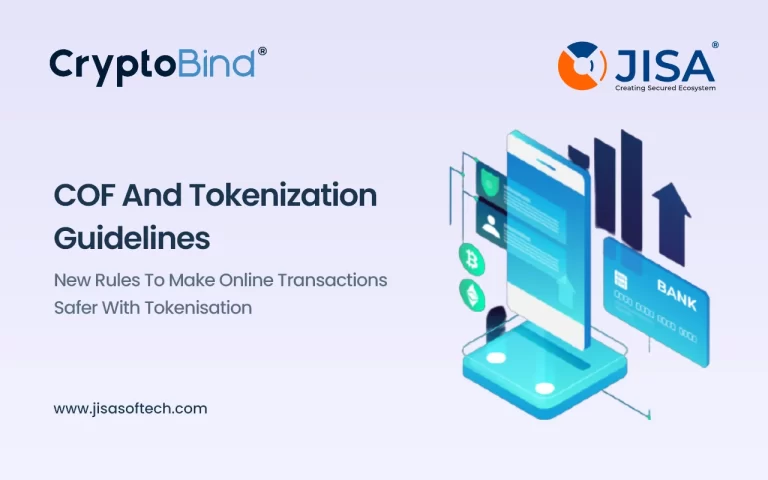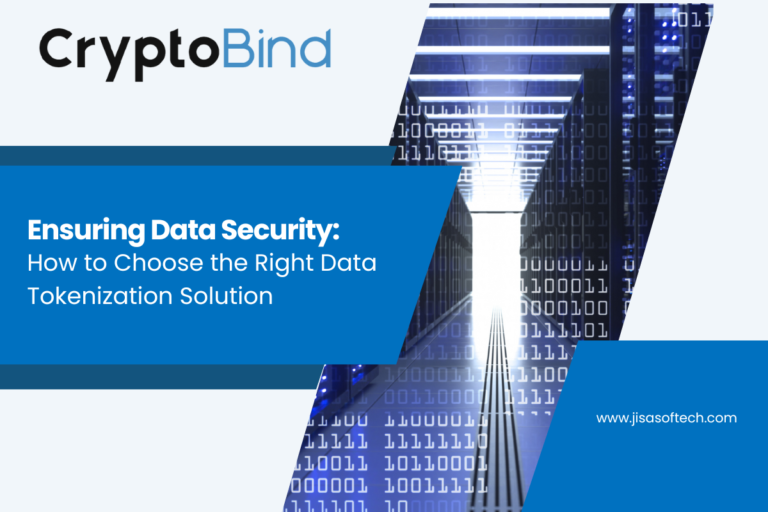5 Myths About Tokenization: Debunking Common Misunderstandings
Tokenization is a powerful strategy in the realm of data security, where sensitive information is replaced with non-sensitive “tokens”. These tokens serve as substitutes for the actual data, ensuring that the original sensitive details remain concealed. This approach is particularly prevalent in industries such as finance and healthcare, where safeguarding personally identifiable information (PII) is essential for compliance with data protection regulations. However, there are several misconceptions surrounding tokenization that can lead to confusion about its capabilities and limitations. This article aims to debunk five common myths about tokenization and highlight its significance in enhancing data security.
Myth 1: Tokenization and Encryption Are Identical
Reality:
While both tokenization and encryption are designed to protect data, they operate differently. Encryption transforms data into an unreadable format through algorithms, requiring a specific key for decryption. In contrast, tokenization substitutes sensitive data with a token—essentially a random string that holds no intrinsic value. The sensitive data is stored securely in a separate location known as a token vault. Without access to this vault, the token is meaningless and cannot be reverted to the original data. Thus, while both methods enhance security, their mechanisms are distinct.
Myth 2: Tokenization Provides Complete Anonymity
Reality:
A common misconception is that tokenization makes data completely anonymous. However, tokenization merely replaces the sensitive data with tokens; it does not remove identifiable information. Anonymization, on the other hand, involves altering or eliminating personal identifiers to prevent any possibility of linking the data back to individuals. Although tokenization enhances security by minimizing the exposure of sensitive data, it does not ensure anonymity. If the token vault were ever compromised, the tokens could potentially be traced back to the original data.
Myth 3: Tokenization Slows Down Transactions
Reality:
Many believe that tokenization slows down transaction processes due to the added steps of creating and managing tokens. In reality, modern tokenization systems are designed for speed, typically completing operations in mere milliseconds. The effect on transaction speed is negligible, and the security benefits of tokenization far outweigh any minor delays. Efficient tokenization can actually improve the overall customer experience by providing a secure yet fast payment process.
Myth 4: Tokenization Is Only for Large Enterprises
Reality:
There is a pervasive belief that only large companies can afford to implement tokenization. In truth, businesses of all sizes can leverage tokenization to protect sensitive information. Smaller organizations are often more vulnerable to cyberattacks, making them prime targets for data breaches. By employing tokenization, even small and medium-sized enterprises (SMEs) can significantly mitigate the risk of data exposure. Thus, tokenization is a prudent investment for any business handling sensitive customer information, regardless of size.
Myth 5: Tokens Must Always Be Unique
Reality:
Not all tokenization systems necessitate the use of unique tokens for every instance. The requirement for token uniqueness depends on the specific application and use case. In certain contexts, unique tokens are crucial to prevent confusion or conflicts. However, in other scenarios, tokens can be reused as long as they do not create conflicts within the system. The design and implementation of a tokenization system should be customized to fit the organization’s specific needs and objectives.
The Importance of Tokenization in Digital Payments
As digital payments continue to gain traction, tokenization plays a vital role in enhancing the security of online transactions. In countries like India, where digital transactions are projected to reach $1 trillion by FY 2026, protecting sensitive information during online payments is critical. Tokenization helps mitigate the risks associated with data breaches by substituting card details with unique tokens, effectively obscuring the true information from potential cybercriminals.
How Tokenization Works
When a transaction occurs, the payment gateway converts the sensitive card information into a randomized token. This token acts as a reference for the transaction, while the actual card details are securely stored in a token vault. This separation of data not only enhances security but also helps maintain customer trust in online payment systems.
Purpose and Benefits of Tokenization
The primary purpose of tokenization is to secure sensitive information during transactions, reducing the likelihood of fraud. With cybercrime on the rise, tokenization serves as a crucial protective measure for businesses and their customers. It not only safeguards financial data but also fosters consumer confidence in online transactions, ultimately benefiting merchants by enhancing customer goodwill.
Conclusion
The Reserve Bank of India has implemented guidelines for tokenization to bolster public trust in the digital payment ecosystem. By mandating that businesses and payment processors no longer store sensitive card data, the guidelines encourage the use of tokenization as a standard practice. This move not only increases the security of customer information but also improves the overall user experience by simplifying payment processes without compromising safety.
Understanding the realities of tokenization helps demystify this powerful tool and underscores its importance in today’s data-driven world. By dispelling common myths, businesses can better appreciate the role of tokenization in enhancing data security and protecting customer information in an increasingly digital landscape.
Contact us to learn more about CryptoBind Vaultless Tokenization and Vaultbased Tokenization solutions and discover how we can tailor our services to meet your specific data protection needs.

